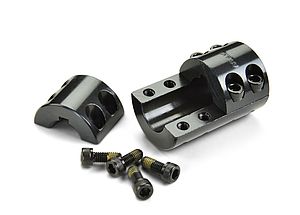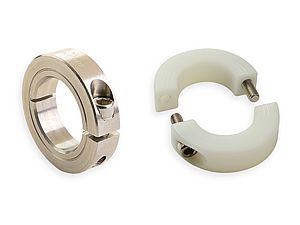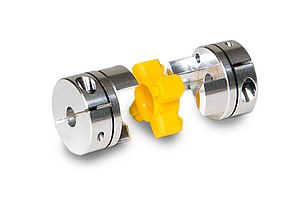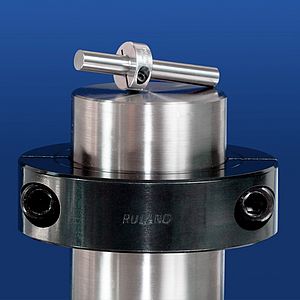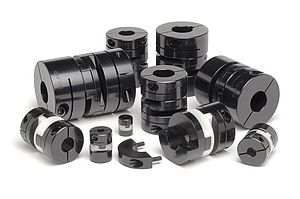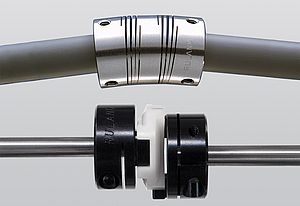Could you mention some of the most pivotal developments in coupling technology in the last three to five years and explain the role that your company has played in this process?
Mr. Hewitson: Most of the advancements have been in manufacturing technology and this led to a more reliable and consistent product. As the manufacturing equipment has gotten better we have been able to make changes such as maintaining tighter tolerances, more precise geometry of features, improved balancing for higher speeds, and better finishes for longer life of wear components. Maintaining tight tolerances is important as most industries are moving towards higher precision servo driven systems with less misalignment and higher speeds. Fit is critical for couplings as it helps prevent slippage and failure during operation. Balanced designs for our flexible couplings as a standard play a key role in system performance as balancing reduces vibration and allow for higher RPM capabilities. Overall, more advanced machining technology gives us the ability to produce better performing, longer lasting, and more reliable couplings.
What advancements to couplings will be game changers in the next five to ten years in your opinion? How will the coupling industry evolve?
Mr. Hewitson: Applications are changing and evolving towards higher speeds and frequently involve harsh environments, chemicals, and vacuum. There is a need for couplings made for these high tech applications that require specialized designs, materials, and technologies. Evolving or designing new standard product lines to meet these demanding requirements is critical to our success as a coupling manufacturer.
Materials are one of the biggest development areas for couplings. They play a key role in coupling performance and finding materials that can maintain performance while offering lighter weight and lower inertia is a big challenge. Light weight metals such as titanium and high strength plastics may be suitable alternatives to aluminum, steel, and stainless steel commonly used today. Mechanical automation using servo driven systems is becoming more prevalent in industries such as oil and gas and aerospace where the use of these materials is common. The high speeds, harsh environments, and high temperatures found in these industries have traditionally limited coupling selection to disc, bellows, or zero-backlash jaw couplings. As the material types advance there is the opportunity to increase the performance features of these couplings, while also allowing more forgiving couplings such as oldham and beam to be used.
Integrating new micro technology with couplings is also an area for growth. Couplings play a crucial role in system performance and are the only direct link between the driving and driven system. They could relay real time information on temperature, torque, speed, misalignment, and other factors. This would be a major value add for designers to ensure they are selecting the proper coupling for an application and allow end users to receive additional live data about the overall performance of their system.
Additive manufacturing, such as 3D printing, will give us the ability to produce designs that have not been practical to machine in traditional ways. This also has the potential for us to create coupling designs that have not been imagined yet, which is the definition of game changing. We have already begun to use rapid prototyping as a way to test proof of concepts on experimental couplings and see this developing into custom production type couplings.




